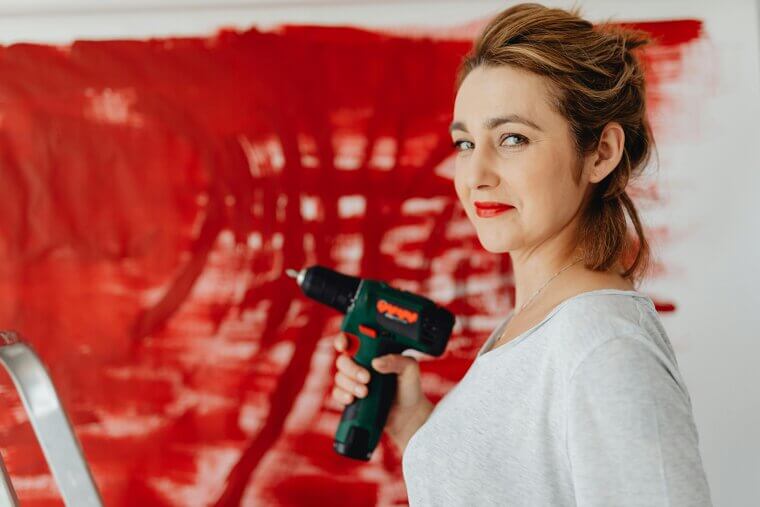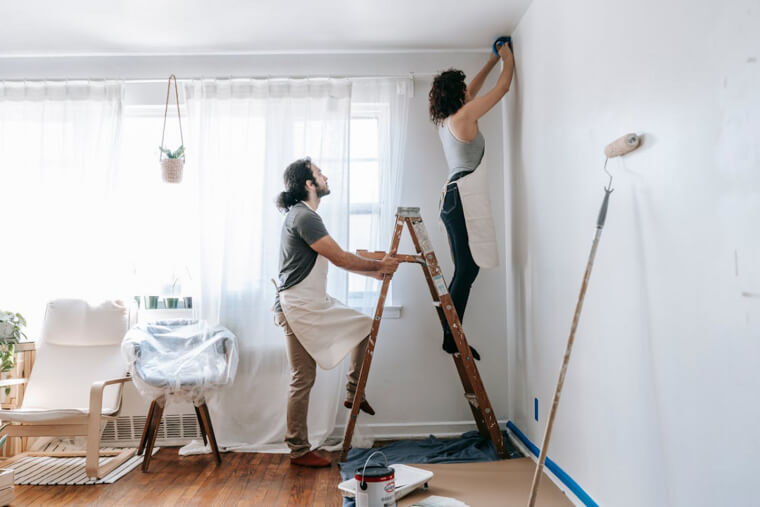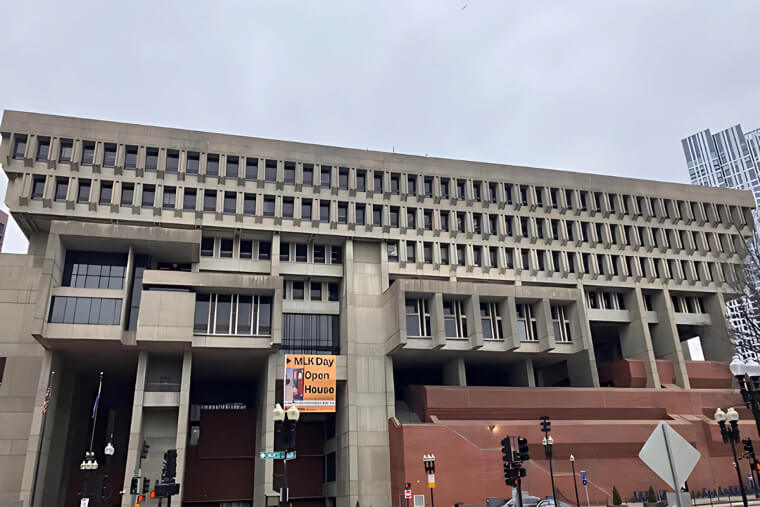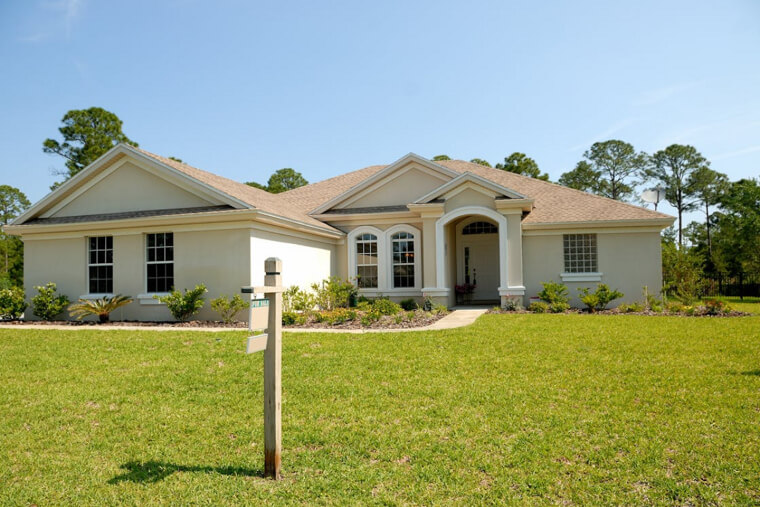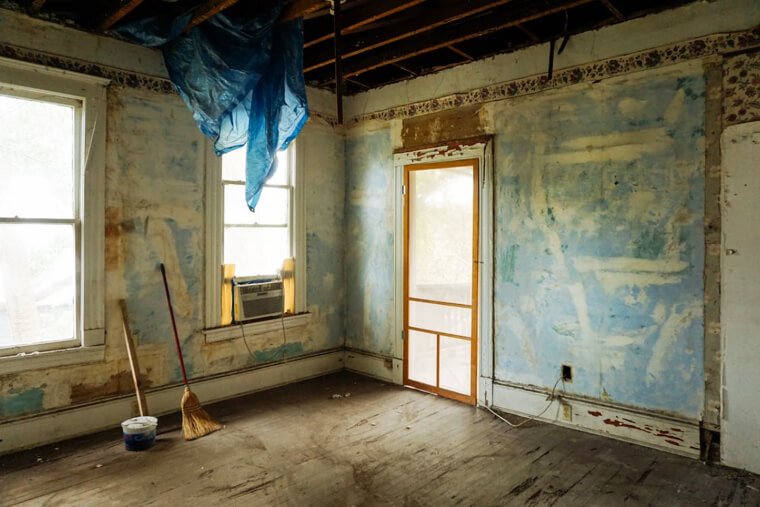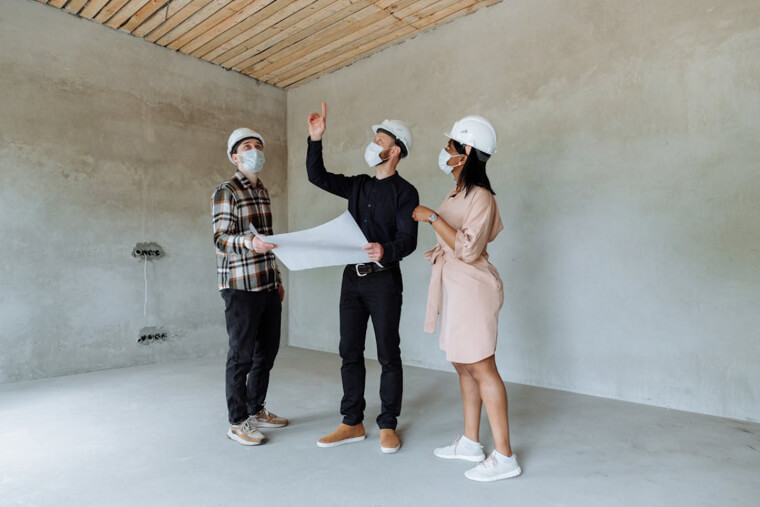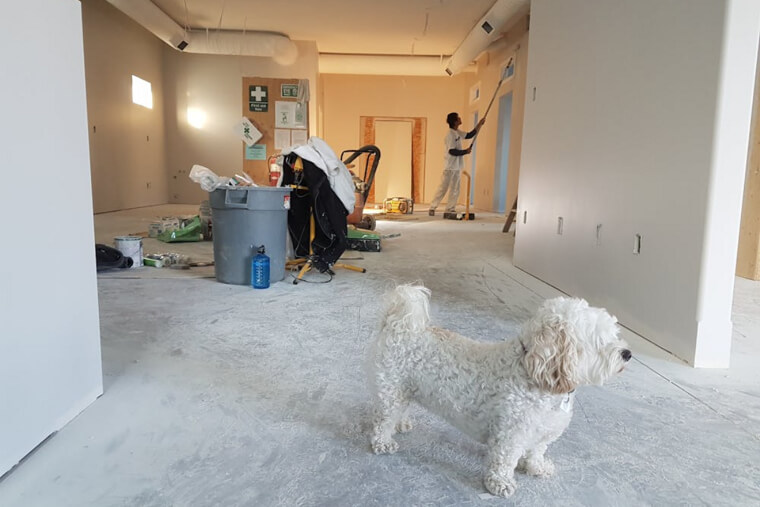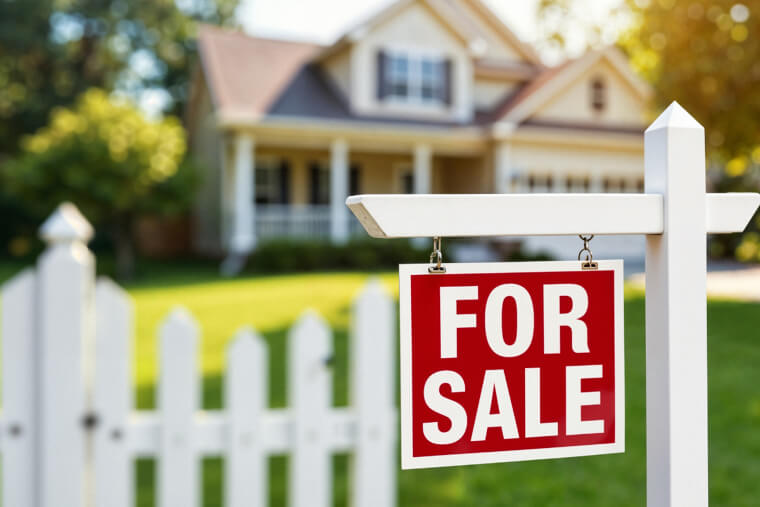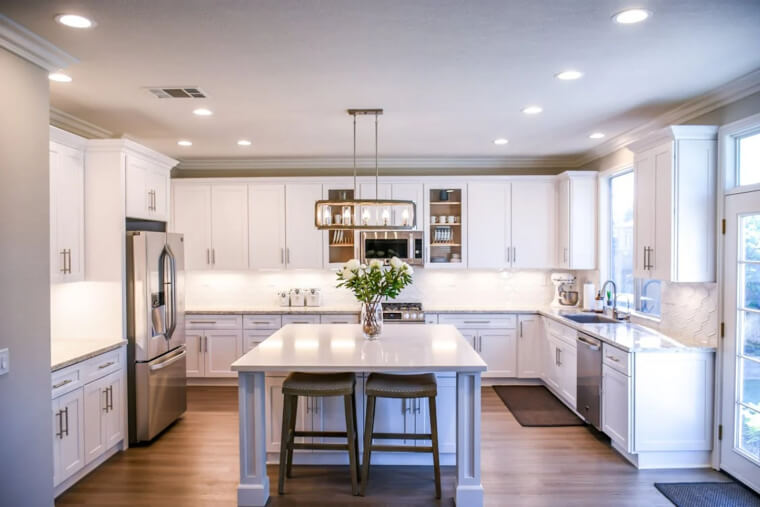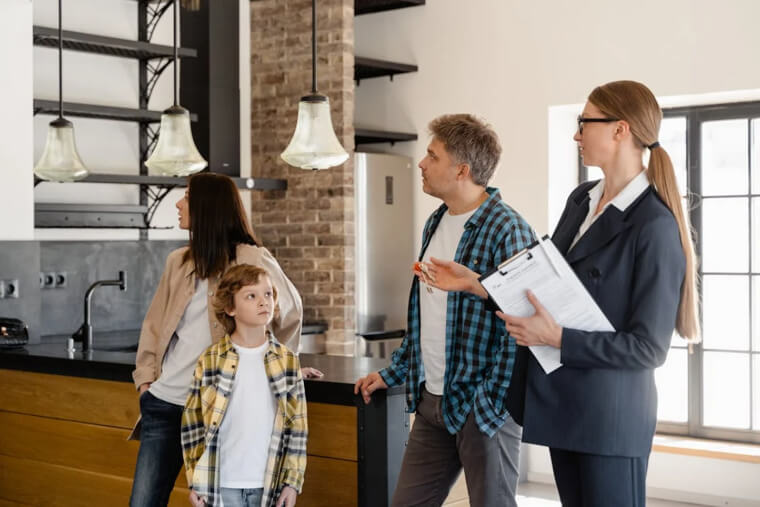Inspect Before You Buy
Before you even consider investing in a property, hire a professional inspector. Many times, realtors stage houses to look better than they actually are. A professional inspector can look under the facade, uncovering any hidden problems that might be too costly to fix.
Research the Market
Another important step to take before putting your money in is to research the area where you’re planning to buy the home. Find out the going prices for similarly flipped houses and see if the entire ordeal would be profitable. Thorough research will help you make the best choices.
Plan the Renovations
Once you’ve signed the deed, you need to plan how to renovate the home. Focus on areas of the home and projects that would maximise the resale value. This is not going to be your dream house, so prioritise what would be most widely marketable when you put the house back on sale.
Set a Realistic Budget
Flipping homes comes with a huge upfront investment. From the purchasing price of the home, renovation costs, costs for any permits, and any unexpected expenses, the overall process is going to carve a chunk out of your pockets. Having a set budget helps you efficiently manage costs.
Get Financing in Order
Don’t place offers with money you don’t have. It doesn’t matter if you’re paying for the home out of pocket or taking out a loan; first, have your financing in order. Not doing so can lead to delays and potential losses.
DIY Where Possible, Hire Out Where Necessary
As a rule, if it could damage the house if done wrong, you should probably hire a professional to do it. While DIY-ing simple things like painting and basic woodwork is cost-effective, heating, electrical, water supply, mold, and other important things should be done by professionals.
Handle Permits and Regulations
Building codes and HOA regulations are a sea of red tape that most people find difficult to navigate. Before you go in and make any actual changes, make sure you know the regulations in your area and follow them to the T.
Find the Right Property
Think from the perspective of a prospective homeowner—Is the house in a nice, safe neighbourhood? Is it built on a strong foundation? Will the area improve over time?––are all questions you should entertain. Also, invest in houses with easily fixable cosmetic issues rather than costly structural ones.
Demolition the Smart Way
If you are seeking to seriously remodel the whole house and change the entire layout, be smart in how you go about it. Remove old fixtures, janky lights, and unstable walls, but keep heirloom finishes, unique design features, and other valuable elements.
Upgrade Key Systems if Needed
This is part of the structural needs of the house. Everyone wants the aesthetics of a Gilded Age mansion, not its plumbing system. Make sure that the electrical, plumbing, HVAC, and home security systems are up-to-date before you put the home back on the market.
Stick to Your Timeline
While having to delay because of unforeseen circumstances can happen, factor these in when you make your project timeline and try to stick to it. Delays in the schedule can increase carrying costs and reduce the profit you can make from the flip.
Focus on Cosmetic Improvements
If you’ve bought a house that is structurally sound, you can focus most of your time and energy on improving the look and feel of the space. Updating the paint, flooring, lighting, and even some basic layout changes can make a lived-in home feel entirely brand new.
Gather Your DIY Tools and Skills
Once you know what changes you want to make to the home, make a list of all the things you can manage by yourself and the things that will need professional help. Having an accurate gauge of your skills simplifies the entire home renovation process.
Price It Right
When listing the home for sale, make sure to do your research. Make use of one of the many online tools that help evaluate the value of homes in an area. Make sure the price you set is competitive with market rates and can give you a net profit.
Market the Property
In today’s competitive market, simply listing the house won’t do you much good. Make sure you have professional photos and well-staged open houses to market the property. Your marketing should be such that a potential buyer can visualise themselves building a life in the home you’ve built.
Stage the Home for Sale
Like with listings online, anyone walking through the space in an open house should be able to visualise themselves living in the home. So, make sure you create a warm, inviting, pleasant atmosphere while staging, and you highlight important features and amenities for potential buyers.
Negotiate Offers Wisely
If you’ve made a house that is structurally sound and aesthetically pleasing, and you’ve done a good job in staging and marketing it, you are bound to receive many offers. Choose one that is best for your profit margin, and don’t be scared to send counteroffers.
Close the Sale
Don't just finalise deals on handshake agreements; make sure you have a trusted title company or attorney working on your behalf to nail all the legalese of the sale. Not having your paperwork in order could come back to bite you in the future.
Evaluate the Flip
Like any project, a home flip should also end with an in-depth evaluation of what worked, why it worked, and what didn’t go as planned—a project retrospective, if you will. It helps you streamline processes, anticipate risks, be better prepared, and increase net profit from one project to the next.
Plan Your Next Investment
Re-investing in yourself is the best way to make your money grow. Whether it is funding your next flip or rental properties (or even the stock market), make good use of your profits. Letting it lie unused for too long will depreciate its value and can even lead to a net loss.

